Courses based on STEM education by Code School Iasi
The Code School it’s a private technology club whose purpose is to bring children aged between 7 and 14 years closer by the IT field and the STEM Education (STEM = Science, Technology, Engineering and Mathematics).
Starting from June 2018 we aim to give children the chance to discover their passion in IT field, following an interactive program.
The activities we provide are divided into 3 categories:
– Programming;
– Computer usage
– Ethics, responsibility and online security.
Robotics is a fascinating and entertaining way of teaching mathematics, computer science or technology. Using robots, kids become creative and train their critical thinking to solve real-world problems.
The kids are now more motivated to use the computer in innovating and learn useful information for their future. We also encourage team working improving the relationships between our students.
Target group
Citizens
Beneficiaries: Kids between 6 and 14 years old
The age range of the beneficiaries:
- Under 12 years old
Impact achieved
a. Building dialogue between research and society
The kids are welcome to express their own ideas regarding the information they received.
b. Co-creation of new knowledge
We try to develop new applications. For example, we program robots to do various tasks (to blink, to turn around, to avoid obstacles etc.).
c. Creating a positive impact on society
The kids are now more motivated to use the computer in innovating and learn useful information for their future. We also encourage team working improving the relationships between our students.
d. Empower citizens to contribute by expressing their real needs and problem
The students and their parents can tell us what are the formation needs regarding the programming language and platform to learn about and the application to develop. We then try to create the personalised program that fits the student.
e. Another
The computer science study improves the analytical abilities of the students
Number of beneficiaries who have learnt the method through the project: Just one in Iasi, more than 10 in Bucharest.
Measurement tool: We don’t have such a tool to assess the impact of the project. We can only notice that the kids are happy to attend the courses.
This is a Scie-Citizen Smart Practice
This project links society and science because “We teach kids about computer science (developing applications in various programming languages and platforms (Code Studio, Scratch, Code, Blocks etc.), robots programming using Arduino).”
Participants are involved in applying the method in their community/peer group since “By providing training for trainers (applicable for Bucharest only. In Iasi we have just one trainer).”
Achieved potential to fullfill Scie-Citizen project smart practice:
Technical table:
| First time the method has been applied | 1 year ago |
| Times the method has been iterated | More than 10 times |
| Duration of the implementation process for each application of the method | 3 months |
| Geographical coverage of the method: What’s the context you can apply the method? | National |
| Is there any other organisation applying or adapting the method? | Yes |
| Can you describe shortly how other organisations might adapt or have already adapted the method? | The resources are accessible online. The trainer does not need IT knowledge, one of the existing trainers can train him and the lessons content it is easy to understand being explained in a very comprehensive way. |
| In which sectors is this method applicable? | The method is applicable in all the 4 areas because is dedicated to kids from 6 to 14 years old. |
| What are the goals you achieve with the method? | Have the kids motivated to learn more, to know more about computers and programming. |
| How many scientists/researchers you need to perform the method? What is their role? | One or more for training and for supporting the other teachers/trainers. |
| How many non-scientists/researchers you need to perform the method? What is their role? | One or more for administrative and marketing tasks. |
| How long has it take to have first results/ effects noticeable? | After 4 training sessions. |
| How would you define the process of your project? | Co–creation: The teacher explains to the kids the main terms and, once the information is well understood, they can develop their own applications. |
| How does the documentation of the results look like? | If we talk about the course results, every parent and the teachers can verify the students’ progress and what are they have been working at on the platform they work on. |
| What makes your project innovative? | We use multiple STEM resources in order to make new discoveries. |
| How have you promoted/do you promote your project? | Social media (Facebook, Google Ads), participating in various events, banners, flyers. |
| What are the strengths of your project? | Fairly easy to implement, training can go on for many years without a specific endpoint. |
| What are the weaknesses of your project? | A limited number of an appropriate timeframe for classes (we are limited to weekends: morning and noon). |
| What are the opportunities you can see for your project? | Can be easily combined with any other activity involving kids learning and play. Can also be combined with adult education. |
| What are the threats you can see for your project? | A similar method provided by a global company either free or at a very low price. |
| Tell us a success story/anecdote related to your project | A kid had been presented by his parents as being not very sociable and easy to get bored is attending classes with enthusiasm. He is participating with more and more ideas, proof that science can help us find a common language. |



